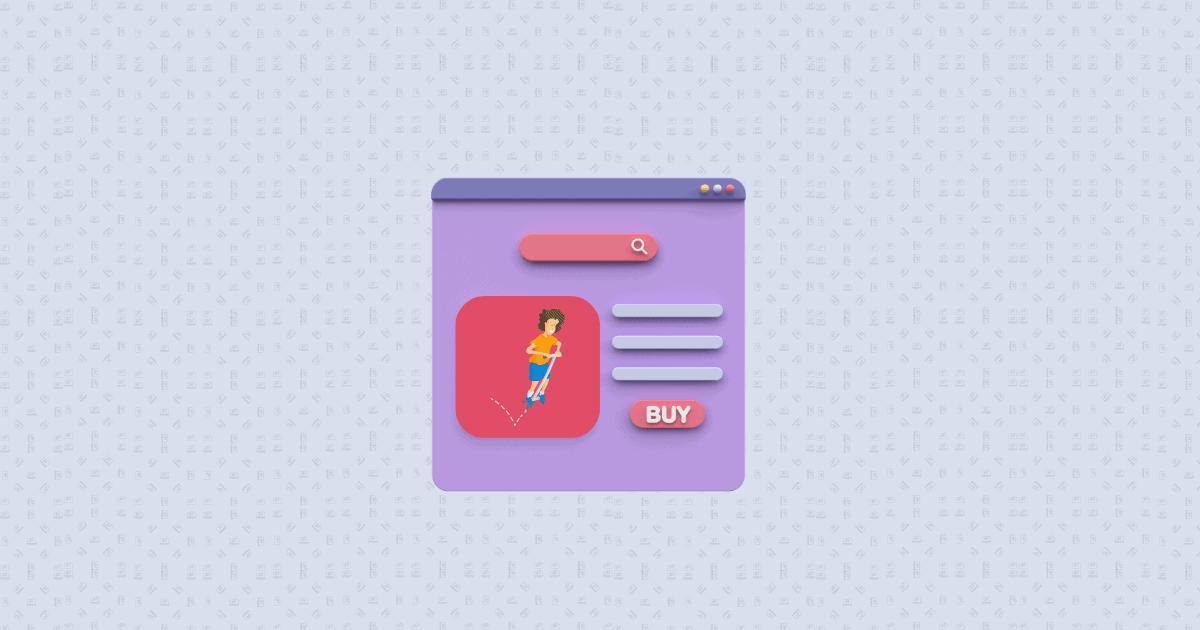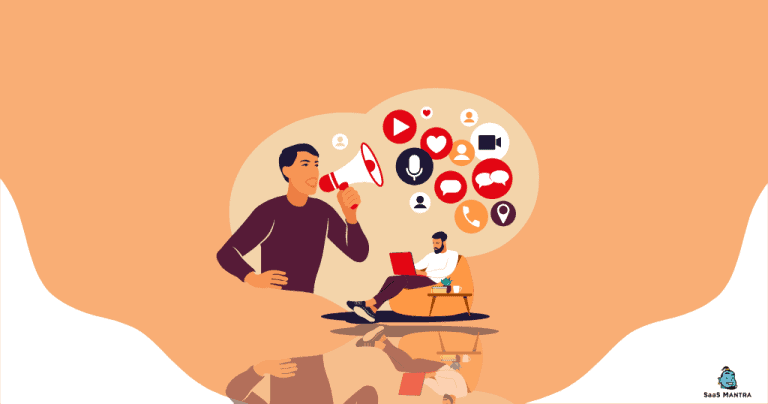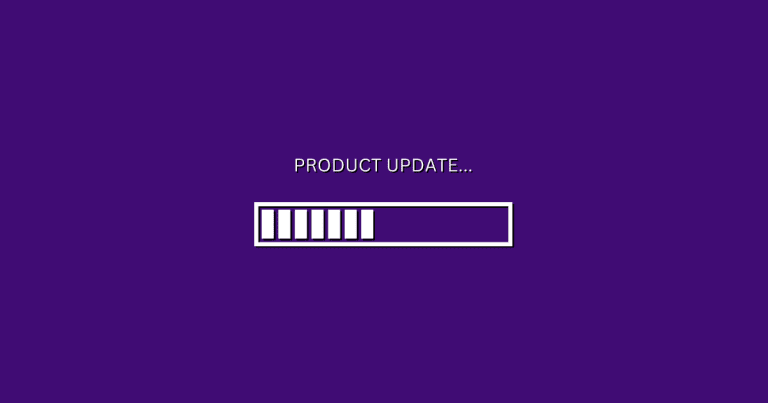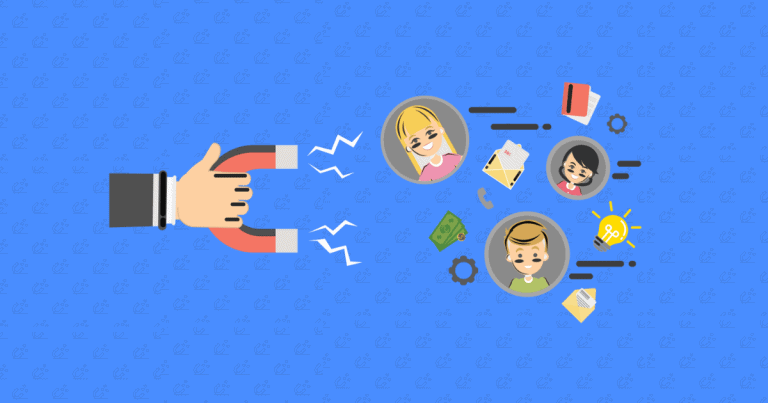The Ultimate Guide to Lowering Your Landing Page’s Bounce Rate
It’s no secret that websites that don’t have an effective user experience are almost doomed to suffer from high bounce rates.
Reducing your bounce rate will ensure more visitors find your website attractive and stay longer to read your content – leading to more customers, sales, and ad revenue.
In this article, we will discuss what factors contribute to bounce rates, as well as tips for reducing them on your website’s landing page.
Introduction to Bounce Rate
Bounce rate is one of the most important indicators of website performance. It tells you how many people are leaving your site after only viewing a single page, which can give you an indication of how successful your site is at engaging users.
What is Good Bounce Rate?
The short answer to what is considered a “good” bounce rate is any rate under 50%. The ideal bounce rate for any given website or web page will depend on the specific industry and type of content that’s presented.
If a visitor lands on the homepage of an e-commerce site, for example, their expected action might be to reach out to customer support or make a purchase. In that case, having a bounce rate below 30% could indicate healthy engagement with the page.
On the other hand, if someone lands on informational pages such as blog posts or articles it’s expected that they will read some material before exiting out completely—especially if it’s easy to access more same-topic content.
This means that these types of pages should target higher bounce rates since those visitors would still be engaging with your content even after they leave the original page they were reading from.
1. What Affects Bounce Rate?
◾ Page Speed: Visitors who land on slow loading pages tend to leave quickly if there’s no obvious movement in speed when trying to access content from different parts of your webpage.
◾ Content Quality: Quality content keeps visitors interested and engaged for longer periods of time; so if you have well-written articles and rich media then visitors will likely stay longer than if your pages consisted mostly text-only format.
◾ Layout & Design: If visitors find your layout confusing and hard to navigate then this will be reflected in high exit rates because people won’t know where else there might be information about their queries or topics related to what they’re looking for right away.
2. How Does Bounce Rate Impact Website Success?
For online business owners and website managers, understanding how the bounce rate of a website affects its overall success is crucial. The bounce rate of a website tells us how quickly visitors are leaving the site and how engaged they are with the offerings.
A high bounce rate can severely hinder a website’s performance, while a lower bounce rate can make all the difference in terms of user engagement and visitor loyalty.
Here’s what you need to know about how bounce rate impacts website success:
- An unsatisfactory user experience can lead to higher bounce rate
- Ads affecting the bounce rate
- Optimizing for unexpected traffic surge
- Utilize analytics tools and SEO tactics properly
3. Optimize landing page design for maximum engagement
Are you looking for ways to optimize the design of your website’s landing page? Do you want to increase engagement and drive more conversions from users?
Having an effective landing page design is essential for successful conversion rate optimization (CRO). It is the first thing a visitor will see when they land on your website, so it should be designed to capture attention quickly.
A good landing page can make all the difference in whether or not a visitor will take action and convert or go elsewhere.
Tip 1 Analyze your audience
Identifying who the potential buyers are and their demographics – which social media platform they use, what topics they’re interested in, etc., helps you create content around those interests to drive sales or build loyalty with them.
Tip 2 Add compelling and engaging CTA
Your landing page should always include a strong, visible call-to-action (CTA). This encourages users to take the desired action right away, helping to decrease the bounce rate on that page. Make sure the CTA is clear and prominently displayed at the top or side of your page.
A good practice is to make the CTA “clickable” with an image or button so users know exactly what they should do next.
Tip 3 Use attractive layout structures
Creating a website design that is attractive to visitors and converts leads into customers is an art form and an important part of digital marketing. If you are launching a new product or service and need to create an effective landing page, then there are some key layout structures you should use to make sure your visitors have an engaging experience.
Here’s how you can optimize your landing page design for maximum engagement:
◾ Use white space for easy scanning
◾ Mix Things Up With Columns
◾ Use Engaging Headings and Subheadings
◾ Incorporate Each Element Into Your Overall Design
Tip 4 Use persuasive headlines, strong visuals & short sentences
Writing persuasive headlines, using strong visuals, and crafting short sentences is a surefire way to make an impact on any written document. Read on to learn more about the techniques you can use to make your written material truly stand out.
◾ Creating Persuasive Headlines
◾ Using Strong Visuals
◾ Crafting Short Sentences
Tip 5 Make the website user-friendly and responsive
Website user experience is crucial for any business. If a website isn’t to navigate and lacks speed, it will frustrate the users and cause them to leave quickly.
As businesses become more competitive and customers become increasingly demanding, it is important that businesses understand how to make their websites both user-friendly and responsive.
Tip 6 Test Converting Elements of Your Landing Page
Testing out different elements like copy, colors, images, etc., can help determine which elements drive higher conversions from visitors who arrive at particular pages by email or PPC campaigns, or other digital channels. That way you can adjust them until you hit upon combinations that are proven with consistent performance metrics such as click-through rate (CTR) or lead form completions conversion (CVR).
This can provide key insights into why visitors may be bouncing off certain webpages easily without completing any desired actions – and you can adjust accordingly!
Tip 7 Optimize Pages For Search Engines
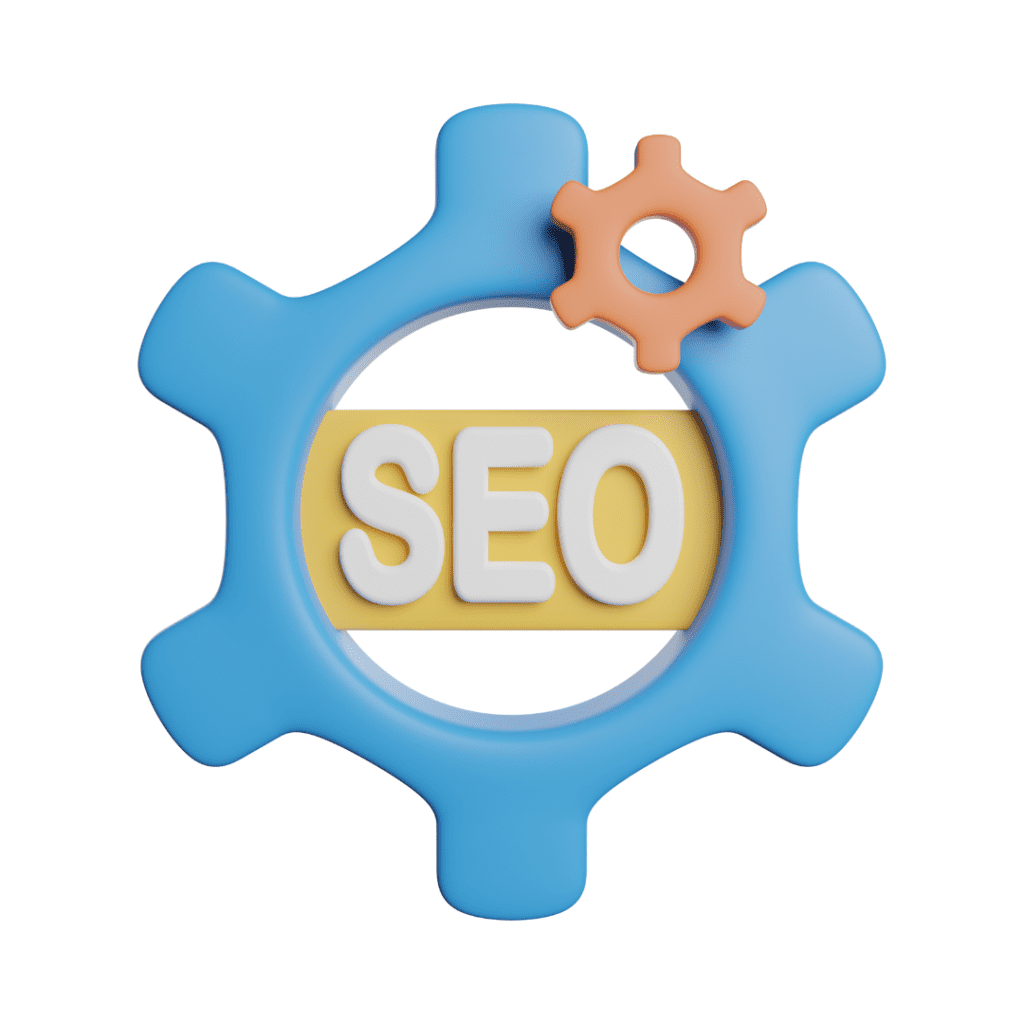
Organic search has become increasingly important as more people turn away from paid search ads in favor of organic links when looking up information online. Optimizing webpages requires careful keyword research including competitor analysis.
Make sure there are compelling title tags in place with keywords used judiciously throughout the body text while still providing useful information – all in order to maximize visibility so potential customers can find you easily via popular search engines like Google!
Tip 8 Create Mobile-Friendly Landing Pages
Creating a mobile-friendly experience can be daunting, but it doesn’t have to be complicated. One of the best ways to optimize the mobile customer experience is by optimizing landing pages for both desktop and mobile visitors alike.
A properly formatted and well-designed page can make it easy for customers to find information about your product or service and take action quickly – eliminating unnecessary steps in the customer journey.
Why Bounce Rate Matters For SEO?
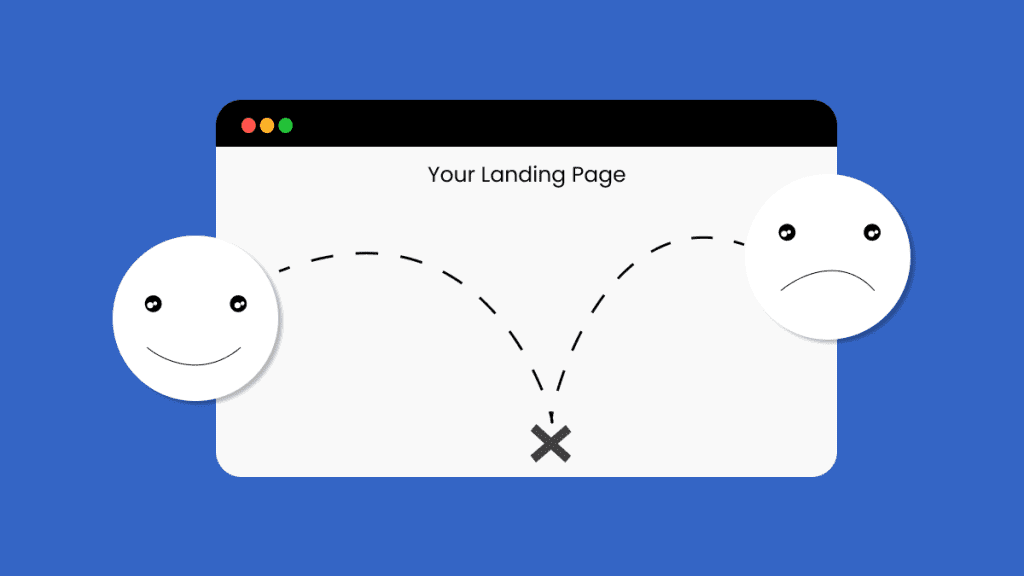
From an SEO standpoint, there are two main ways in which the bounce rate relates to SEO; firstly it can tell search engines that you’re providing a valuable and useful experience for users, and secondly, it can tell them (via external factors) that there are many paths for visitors to take when browsing through your site.
If a low bounce rate indicates good content quality and user engagement then this is going to signal to search engines that people find your site useful when searching for specific topics.
Low bounce rates indicate the user found the content relevant enough to stay on the page longer or navigate further into the website – telling search engines that you have something valuable worth displaying in SERP’s (Search engine result pages).
Conversely, high bounce rates suggest either bad content quality or difficulty navigating through the website itself. This will damage your rankings as it signals to Google (and other search engines) that visitors may not find what they are looking for on your site, thus potentially ranking other sites with same content higher up than yours.
Therefore it goes without saying that optimizing for low bounce rate should be part of any comprehensive SEO strategy – if not just to help improve user engagement levels but ultimately rankings too!
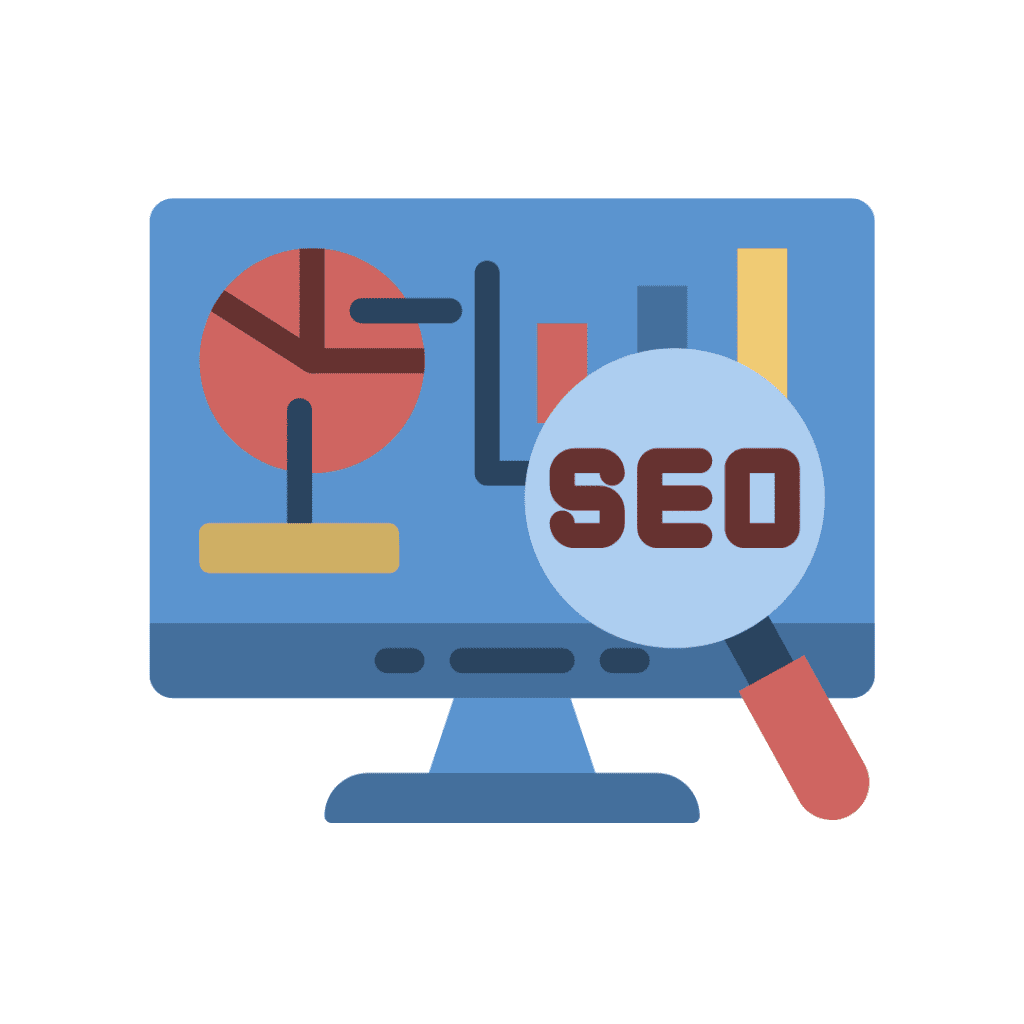
- Does your page take too long to load? The ideal time frame should be 1-2 seconds.
- Are your title tags and meta description an accurate reflection of the page content?
- Is the content of good quality, as well as easy to comprehend?
- Does it work well on different devices and have mobile optimization?
To get the best results, make sure you can answer “yes” to bounce rate SEO questions like the above for best results.
In conclusion, monitoring and understanding your website’s bounce rate can help marketers make intelligent decisions about what changes and updates should be made when optimizing site performance.
Changes such as reducing loading times or improving content relevance can all improve visitor engagement – and result in lower bounced rates over time which leads to higher conversion rates.
